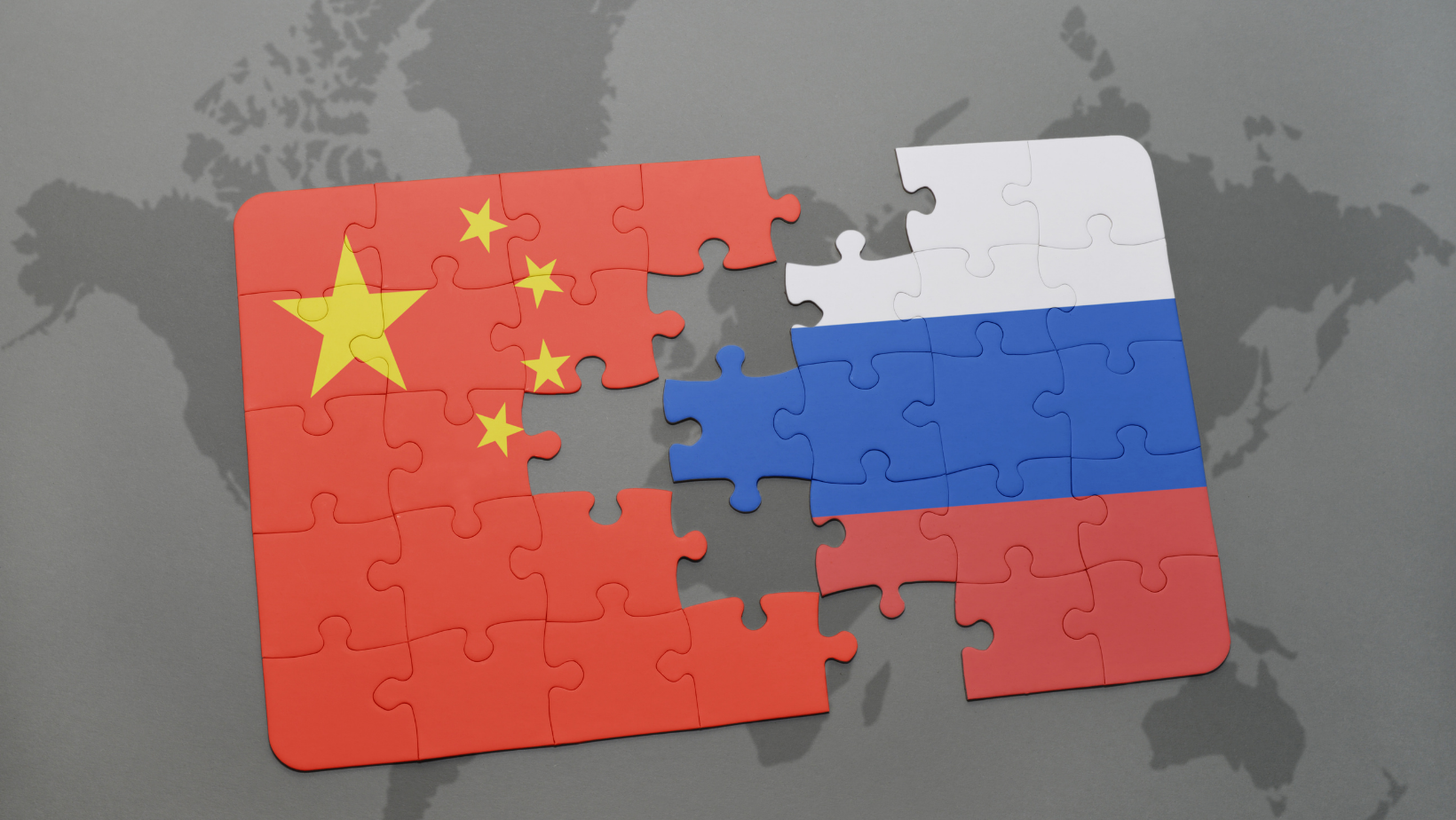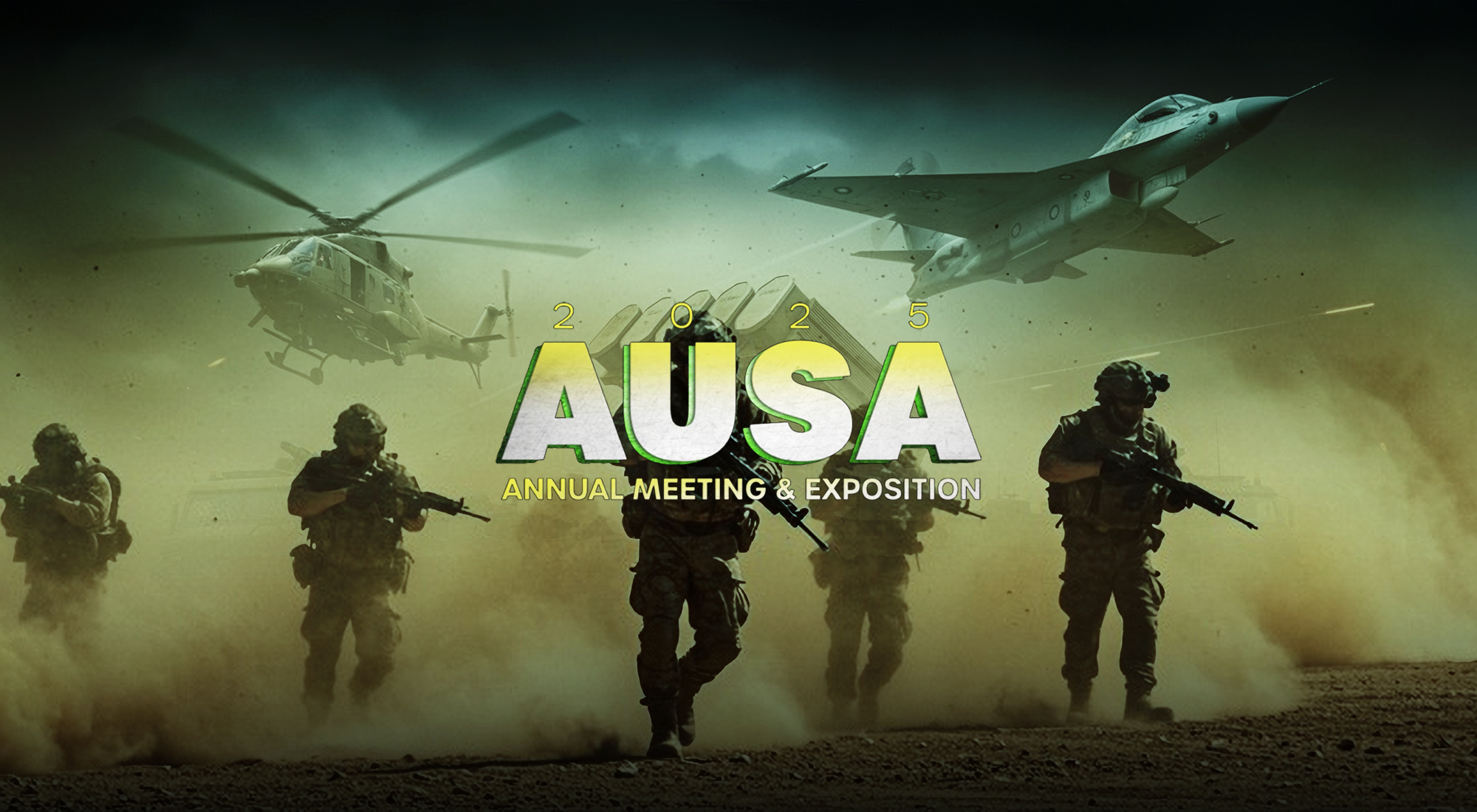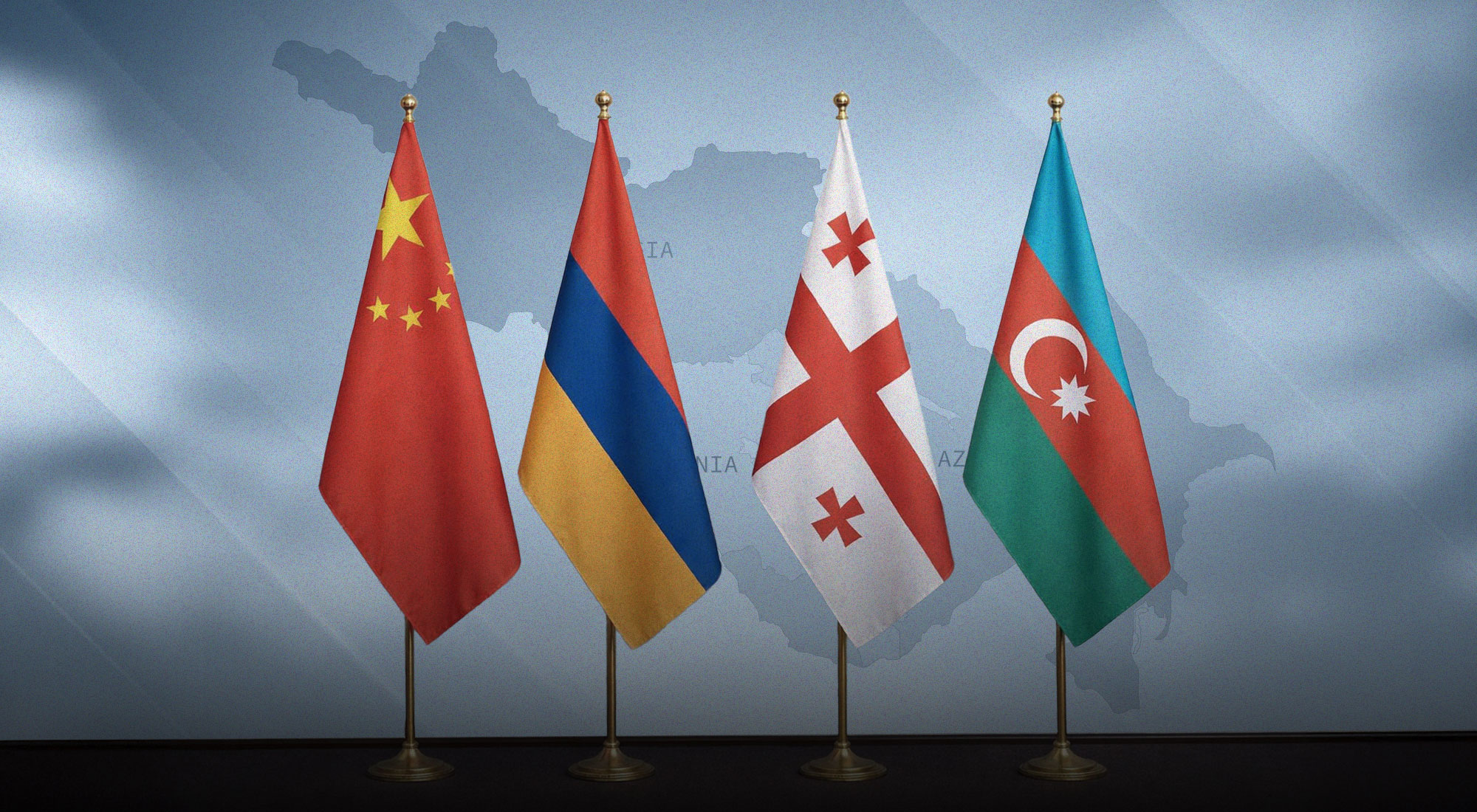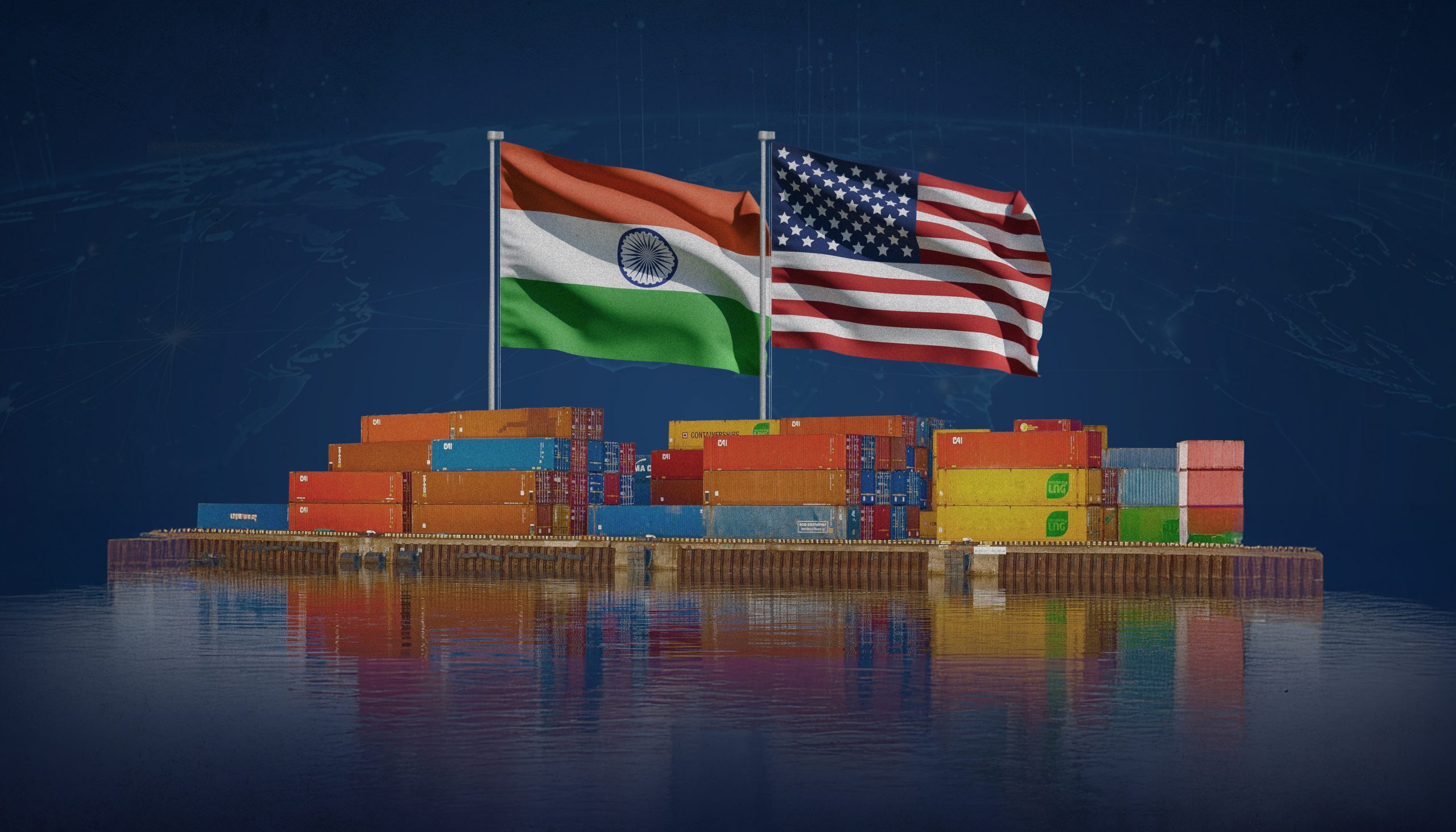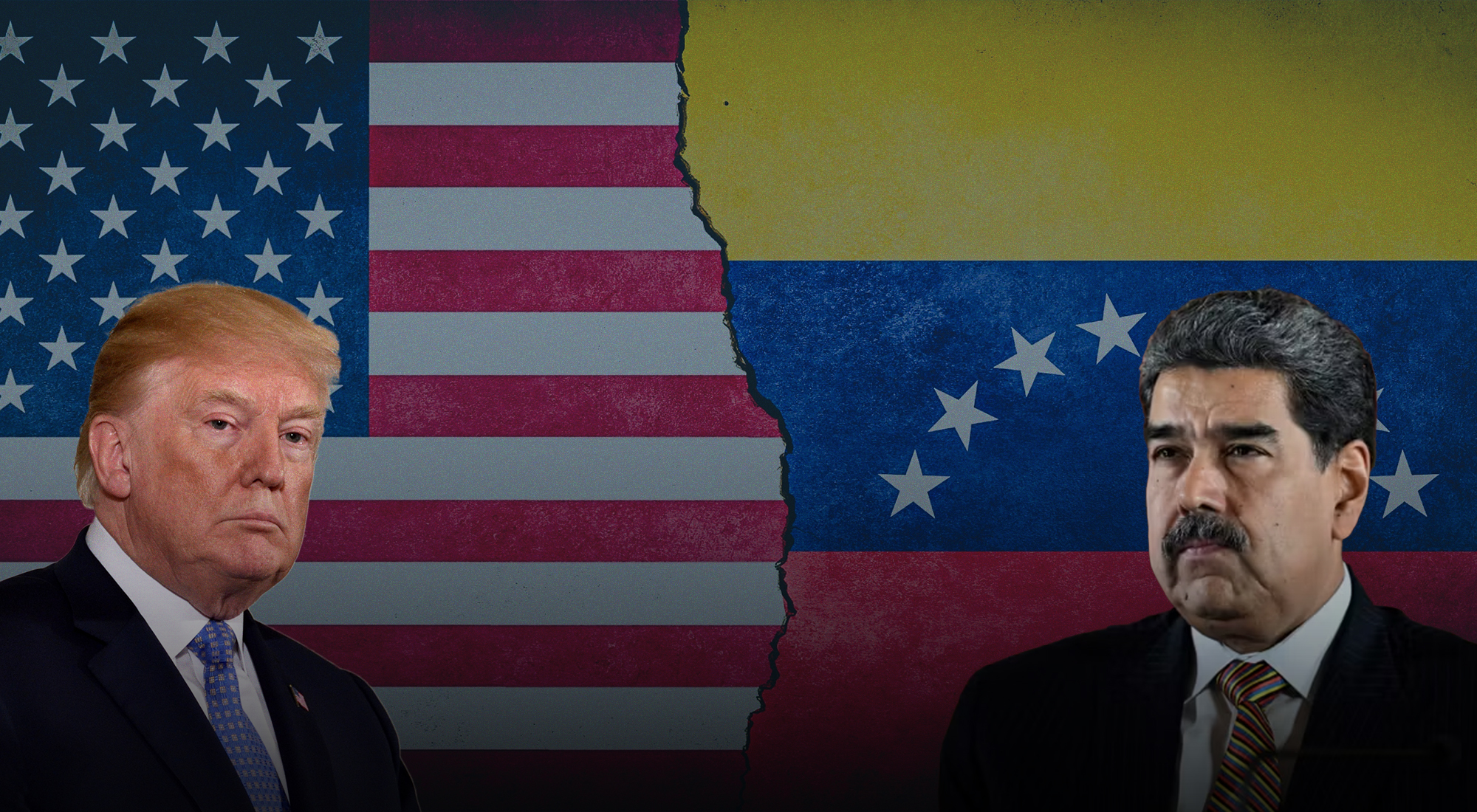Russia-China ties are more than just a partnership of convenience. Arguments about dissolving, or breaking up the growing China-Russia ties are unlikely to succeed. Parallels with Sino-Soviet fractures from the Cold War period are incompatible. Beijing and Moscow are building a new form of bilateral relationship. This relationship could be described as a hierarchical or Eurasia model in that it is based on the avoidance of an official alliance; the relationship instead seeks to build a partnership aimed not only against the US, but that also facilitates the emergence of a multipolar order. To this end, China and Russia are both inclined to build exclusionary systems in their respective neighborhoods and are driven by realism best exemplified in the exercise of balance of power thinking.
China and Russia are hoping to build a hierarchical or Eurasian order where political prestige, coupled with economic and military power, will serve as a major disincentive for smaller adjacent states in their respective regions to engage far-flung actors, namely the major Western powers. This emerging hierarchical order essentially involves a myriad of small orders of exclusions wherein small regions will be closed off from Western influence. The regions involved – Central Asia[1], South Caucasus[2] or South and South-East Asia[3] – are all geographically diverse areas that, while distant from each other, have one development in common: their larger neighboring states’ push for sidelining of non-regional powers.
Converging Russian and Chinese interests
Although China’s and Russia’s ultimate goals are regimes for controlling Eurasia’s vital resources and infrastructure, nevertheless their proposed hierarchical system constitutes a more elastic way of promoting their influence and excluding the collective West. These projected ’spheres of influence’ are far more agile than the geopolitical control the Soviets built over South Caucasus, Eastern Europe and Central Asia. The envisaged hierarchy will involve a certain level of cooperation with smaller states and even an acknowledgement of inability to solely dominate a region. Local geostrategic dominance will also involve re-invigorating balance of power tactics and the creation of loose economic and military organizations incorporating the regions that border on Russia and China.
The elasticity of the projected, informal regional orders is already evident in the avoidance by Beijing and Moscow of solely basing their ties on official military and political alliances. Many in the West consider this as a sign of the ultimately diverging visions held by Beijing and Moscow. However, in an emerging global order wherein liberal internationalism retrenches and will likely be limited to only certain global regions, avoiding formal alliances might actually prove more beneficial. Such an approach increases maneuverability of the Eurasian powers and limits potential for tensions. It leaves space for competition too, but since the US will remain a powerful player intent on limiting China’s and Russia’s projection of power, these two powers’ shared interests may help to mitigate potential tensions between the rival powers.
The hierarchical order also inherently reflects Chinese and Russian historical visions of themselves as civilization states and raw models for imitation that gather peoples and territories around their respective geographic core. For these two Eurasian powers, the emerging hierarchical order will be a long-sought correction; a return to normality from a nearly two century-long domination by the West back to the period when Eurasia was dominant economically, the balance of power ruled supreme in international relations, and the so-called Westphalian principles constituted core elements in bilateral relations.[4] In other words, Beijing and Moscow regard the present troubles in the West and the rise of Asia as a return to historical normality.
As primarily land powers, Russia and China are expected to pursue their interests more successfully in the heart of Eurasia. The Eurasian interior, where Western influence has been historically marginal as this area is far from the major maritime lines of communication, is far more susceptible to the new order. Multiple examples, such as ongoing changes in the Black Sea, South Caucasus and Central Asia, indicates how the emergence of this new order will be played out.
Nevertheless, there remain significant limits to what China and Russia can achieve. The collective West will remain a powerful player, though with a significantly reduced willingness to engage the depths of the Eurasian landmass. Occasional disagreements between Beijing and Moscow, as well as resistance from India and other Asia powers, could diminish the prospects for a successful hierarchical order. The US’ increasingly evident policy of relying on allies and partners across Eurasia and the Indo-Pacific will also serve as a major obstacle to successful construction of a Russia-China hierarchical order.
Rivalry and shared interests in Central Asia
Another constraint upon Russia and China is their relationship in Central Asia. Moscow is concerned by China’s economic and, increasingly security inroads into what has always been considered Russia’s sphere of influence. For instance, on 12 May 2021, China’s Foreign Minister Wang Yi hosted the second China + Central Asia Foreign Ministers’ Meeting in the city of Xi’an.[5] At the top of the agenda was Afghanistan, as China is worried about a possible spillover of extremism and conflict into Central Asia and its eastern provinces. But what matters most for the changing geopolitical landscape in Central Asia is China’s growing trade with the region and investment in critical local infrastructure. Because the region has historically been attached to the Russian heartland in terms of communications, this trend effectively means Beijing is breaking into Central Asia’s “geographic prison.” With new trade corridors through Central Asia being established, the region’s five regional states – Kazakhstan, Kyrgyzstan, Tajikistan, Turkmenistan and Uzbekistan – now have increasing opportunities to trade with the outside world – i.e., beyond Russia – through the Caspian, Iranian, and Chinese corridors.
Those trade corridors were a subject at the meeting in Xi’an, along with China’s promise of increased cooperation in agriculture, health and education, trade, energy, and transportation. Beijing also pledged to help Kyrgyzstan reduce its national debt and encouraged the Bishkek government to approve a railroad tying China directly to Uzbekistan.[6] This planned project is intended to play a major role in connecting China with the Middle East and the South Caucasus.
This strategy potentially undermines Moscow’s traditional influence in Central Asia and invites the question of what really constitutes Russian power in the region. The first element is its military capabilities, which are visible in its military bases in Tajikistan and Kyrgyzstan and intermittent military cooperation with other countries in the region. In the economic sphere, Russia’s reach is also similarly strong. It is a major trade partner for the five regional states and a vital source of investment. Russia has also managed to partially enlist regional governments in security and economic initiatives such as the Eurasian Economic Union and the Collective Security Treaty Organization. The region is also tied to Moscow culturally via the Russian language, which is the lingua franca.
Russia’s geopolitical position in Central Asia is thus based on fundamental pillars, but China is encroaching on most of them. Recently, Beijing announced funding for a new semi-military base in Tajikistan to supplement an already existing military base there.[7] It would be surprising if this did not precipitate a sense of grievance in Moscow. This development has caused many in the West to posit an imminent geopolitical showdown between the two powers in the region.
Beyond Central Asia, Russia and China also have rather different visions regarding their interests in relation to the Arctic, North Korea and their ties with India, the latter of which enjoys close military cooperation with Moscow along with ongoing territorial disputes with Beijing as seen in the fighting in the Ladakh region in 2020.[8]. These issues indicate the limits of Chinese-Russian relations, though as long as there is a shared intention to contain the US, Beijing and Moscow appear willing to downplay their differences.
Looking Beyond the Partnership of Convenience
The overlapping military and economic interests in the China-Russia relationship merit a different approach. Instead of viewing them merely as a partnership of convenience, a long-term strategic and collaborative vision can be elaborated. Russia’s evolving geopolitical position is critical here, as its relation to the widening China-US competition has somewhat been overshadowed in scholarly literature and analytical articles. How Russia will behave in the future, or what Russian political elites and the analytical community think of the country’s changing position in the fluid global balance of power, are questions that remain largely unaddressed. Knowing what Russia wants and how it intends to behave will provide critical answers to how China-US competition will unfold across Eurasia and may also elucidate understanding of the emerging new global order. Ultimately, it can be argued that Russia’s increasingly strategic ties with China are driven less by the rivalry with the West and more by the history of Russian political thought. This also means that Moscow’s partnership with China is more of a long-term project than often portrayed.
In terms of the Eurasian space, Russia’s position supersedes any other single player’s influence on the US-China rivalry. Moscow’s political elite sees the nascent US-China confrontation as an optimal opportunity for enhancing the country’s weakening geopolitical position throughout what once constituted the Soviet space. Moscow believes that both Washington and Beijing would both dearly desire Russian support; this logic would drive the Kremlin’s preferably non-committal approach toward the US and China. Ideally, Russia would try to put itself in a position where the US and China would actively compete with each other to win Russia’s support and cooperation. This thinking is based on perceptions of Western fears if Russia becomes exclusively pro-Chinese, and what Beijing fears if Russia is allured into the Western camp. This thinking also reflects the Kremlin’s views on the post-liberal world order, as a multipolar system is expected to allow Russia to avoid a firm alliance with either China or the West.
Choosing sides is also always a possibility, but significant benefits would accompany such a radical foreign policy shift. In partnering with China, Russia would expect to further bolster its influence in Central Asia, where Beijing’s economic and security interests have grown exponentially since the break-up of the Soviet Union. Although the Russian political elite have refrained from voicing their concerns officially, this is not to deny that such attitudes exist. China, however, would not be able to help Russia strengthen its weakening position in Ukraine. Even in the South Caucasus, where Moscow’s growing dependence on military components in formulating foreign policy jeopardizes its prestige and undermines long-term peace in the region, China would be of little help. These limitations reflect Beijing’s disinterest in interfering in the internal affairs of other countries. China is also increasingly opposed to forming official alliances based on the view that formal alliances hinder countries’ strategic and diplomatic maneuverability. This view chimes with the Kremlin’s ideas on enhanced state sovereignty and balancing between various geopolitical poles without making specific alliance pledges.
However, if the Russians choose to side with the US, the concessions the latter could potentially make would be far more significant. Ukraine and the South Caucasus could be the biggest prizes for Moscow; if the US were prepared to concede these to Moscow’s sphere of influence, NATO’s potential expansion along Russia’s borders could at least be postponed if not stalled altogether. The push for democratic and liberal expansion into Russia’s neighborhood will also be halted. In addition, Russia might secure significant concessions in the Middle East regarding the future of Syria and its related attempts to increase its presence in the eastern Mediterranean and the Red Sea.
Since 2014, when Moscow’s ties with the collective West dipped to the lowest since the end of the Cold War, Russia has been increasingly reliant on China.[9] This has led many to believe that Russia could turn into China’s appendage. In reality, a more nuanced development might be at work.
How fundamental is Russia’s Asian pivot depends on China as much as the collective West, though Russian thinking too is critical. For many, Russia’s shift to Asia (including the Middle East) is much more than a short-lived development resulting from disenchantment with the West, or an attempt of building a strong negotiating position. Rather, the process is rooted deep in a theme in the Russian historical tradition that may be termed call “de-Westernization”: this being, in essence, a foreign policy reoriented from a fixation on the West to a multipolar foreign policy reflecting “Global Russia” policies directed at all the regions across the globe, thus allowing greater scope for balancing and maneuvering.
One can trace this resentment and periodic attempts to “de-Westernize” Russian foreign policy over previous centuries, which shows how innate this search for foreign policy alternatives has always been in Russia. When Peter the Great reformed Russia and heavily Europeanized the ruling elite in the late seventeenth and early eighteenth centuries, many praised him, though there were also those who were deeply disenchanted. Those who resisted Westernization believed Peter broke the bridge between the common people and the Russian political elite. They also believed that the country’s Europe-centrism actually limited Russia’s ability to position itself as a true global power. As a result, the Romanovs tried reorientate their foreign policy focus away from the West, particularly after the Crimean War of 1853-1856. Later, the Soviet Union adopted idiosyncratic approaches in their global policy as they also pursued the balancing game. Both the Romanovs and the Soviets failed because of a lack of resources and strong Asian partners to rely on. In contrast, China’s powerful status nowadays offers a historic opportunity for Moscow. As a consequence, the Russian president Vladimir Putin’s “de-Westernization” efforts should be seen as a recurrence of the above-discussed grand historical cycle within Russian political thought.
All this suggests that Russia’s distancing from Europe is not a temporary affair and that the potential break up the China-Russia partnership, as happened in 1970s, is unlikely to happen in the foreseeable future.[10] Even if the West moves to engage in a grand geopolitical bargain over Ukraine and other states adjacent to Russia, Moscow’s pursuit of “de-Westernization” in its foreign policy is likely to continue. Though often considered as a relatively recent phenomenon developed in 2010s under Putin as a result of the fallout with the West over Ukraine, the present trend of Russian separation from the West has been evident at least since the 1990s, when indications of resentment toward the West’s unipolar moment were seen in the “Russian-Chinese Joint Declaration on a Multipolar World and the Establishment of a New International Order” submitted to the UN in 1997.[11] This document suggests that even without the troubles over Ukraine and the annexation of Crimea, Russia was set on pursuing global geostrategic balancing and distancing from Europe, albeit in a less traumatic way.
This also means that we should be looking at relations between Russia and China as more than just a “partnership of convenience”. Their growing bilateral cooperation and Russia’s overall Asian pivot are just two interrelated pieces in the Kremlin’s evolving understanding of the world order and its place within it. The pivot is inextricably woven into Moscow’s attempts to shake off a fixation on the West.
It should be stressed that for Russia, both China and the US are equally long-term geopolitical rivals of pretty much the same caliber. In Moscow, trust toward both powers is low. The inherent Russian geopolitical worldview suggests the country will abstain from engaging with US-China competition and instead seek to leverage its geographic and military position by forcing Washington and Beijing seek geopolitical support from Moscow. The longer the competition between the two economic and military powers lasts, the more beneficial it will be for Moscow’s geopolitical aims in the South Caucasus, Ukraine and the Middle East. The rivalry could also offer more scope for Russia to establish itself as a separate pole of geopolitical gravitation, albeit on a much smaller scale.
Conclusion
Though there is a common assumption that Russia is becoming increasingly attached to China, thus losing its ability to maneuver geopolitically, the actual outcome could be quite the opposite. Russia, sandwiched between China and the West, will actually have far more agility to play off one against the other. Moscow’s pivot to Asia was dictated not only by the erosion of ties with the West over Ukraine, but was also the latest recurrence of a policy of “de-Westernization” in Russia’s foreign policy outlook. Dispensing with the geopolitical fixation on the West was a paramount aim of Russian diplomacy in the Imperial and Soviet eras. Powerful alternatives or balancers to the West did not exist during those periods. With the rise of China, however, the pattern changed. Pursuit of “de-Westernization” has gathered steam. From Moscow’s perspective, this creates promising circumstances for rebalancing its ties with the West through its growing partnership with China.
References :
[1] Jardine, B., Lemon, E. (2021). In Post-American Central Asia, Russia and China are Tightening Their Grip. War on the Rocks. https://warontherocks.com/2021/10/in-post-american-central-asia-russia-and-china-are-tightening-their-grip/
[2] Avdaliani, E. (2021). The South Caucasus and the New Hierarchical Order. Georgia Today. https://georgiatoday.ge/the-south-caucasus-and-the-new-hierarchical-order/
[3] Pal, D. (2021). China’s Influence in South Asia: Vulnerabilities and Resilience in Four Countries. Carnegie Endowment for International Piece. https://carnegieendowment.org/2021/10/13/china-s-influence-in-south-asia-vulnerabilities-and-resilience-in-four-countries-pub-85552
[4] Ikenberry, G. J., Etzioni, A. (2011). “Point of Order: Is China More Westphalian Than the West?”, pp. 172–76. Foreign Affairs. 90(6) http://www.jstor.org/stable/23039640; Panda, A. (2014). China’s Westphalian Attachment. The Diplomat. https://thediplomat.com/2014/05/chinas-westphalian-attachment/
[5] “Wang Yi Hosts “China+Central Asia” Foreign Ministers’ Meeting”. (2021). FMPRC. https://www.fmprc.gov.cn/mfa_eng/zxxx_662805/t1875496.shtml
[6] Wang Yi Talks about Eight-point Consensus and Ten Outcomes of “China+Central Asia” Foreign Ministers’ Meeting. (2021). FMPRC. https://www.fmprc.gov.cn/mfa_eng/zxxx_662805/t1875501.shtml
[7] Ibragimova, K. (2021). China to build Tajik police base on Afghan border. Eurasianet. https://eurasianet.org/china-to-build-tajik-police-base-on-afghan-border
[8] India-China clash: 20 Indian troops killed in Ladakh fighting. (2020). BBC. https://www.bbc.com/news/world-asia-53061476
[9] Gabuev. A. (2021). As Russia and China Draw Closer, Europe Watches With Foreboding. Carnegie Moscow Center. https://carnegiemoscow.org/commentary/84135
[10] Radchenko, S. (2021). Driving a Wedge Between China and Russia Won’t Work. War on the Rocks. https://warontherocks.com/2021/08/driving-a-wedge-between-china-and-russia-wont-work/
[11] “Russian-Chinese Joint Declaration on a Multipolar World and the Establishment of a New International Order”. (1997). http://www.lawinfochina.com/display.aspx?id=7131&lib=tax&SearchKeyword=&SearchCKeyword=



